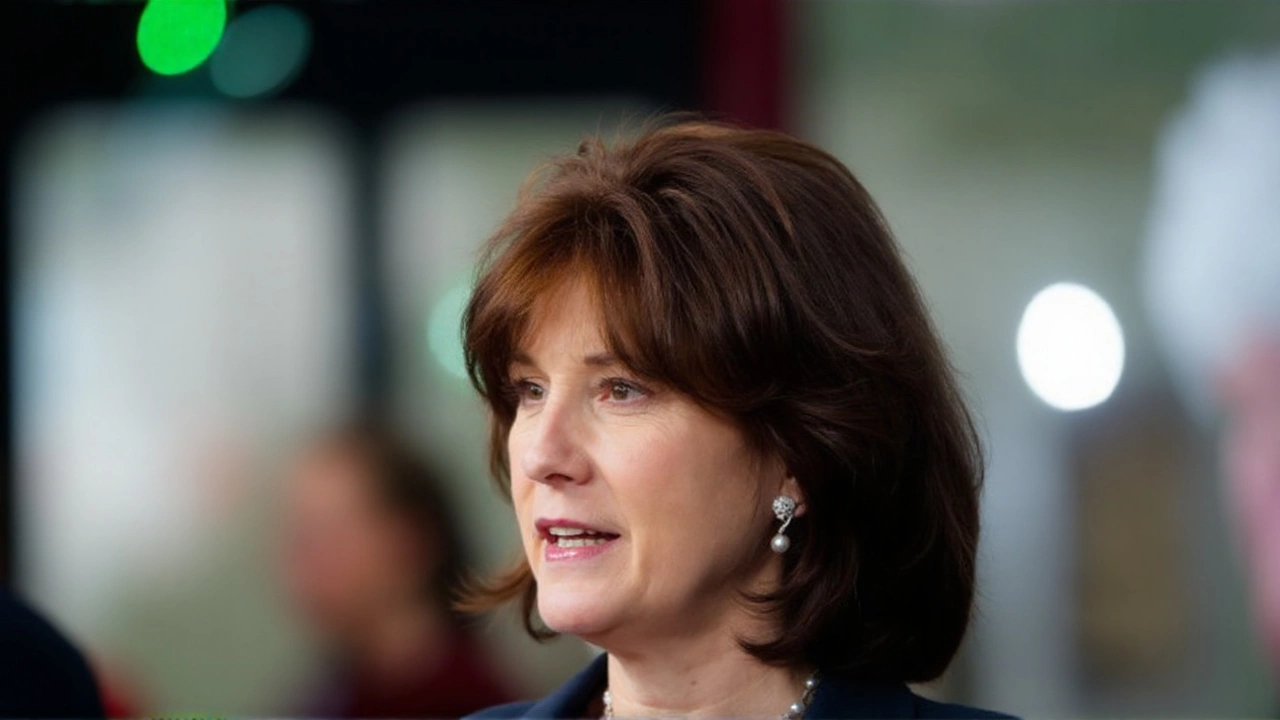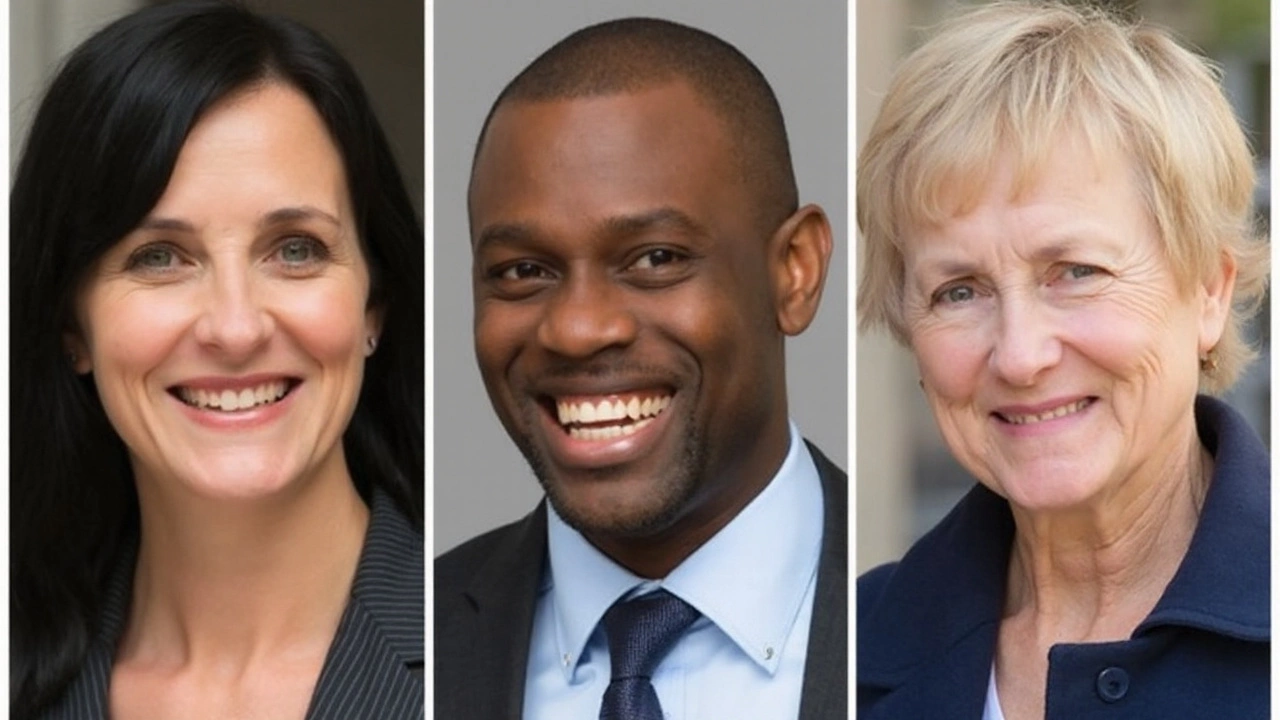Angela Rayner’s resignation detonated a chain reaction at the top of government. Within hours, Keir Starmer rolled out the biggest shake-up of his cabinet since taking office, recasting key departments and moving some of his most senior allies into new roles. The message from Downing Street: draw a line under the row, restore control, and refocus on delivery.
Rayner stepped down as deputy prime minister and housing secretary after the independent standards adviser, Sir Laurie Magnus, ruled she breached the ministerial code over stamp duty on a flat she bought in Hove, East Sussex. She had paid standard rates on advice that it counted as her main home—because her family’s house in Ashton-under-Lyne is held in a trust for her disabled son—but it was later determined the higher-rate surcharge should have applied.
That surcharge, introduced in 2016, hits buyers who already own a property with an extra 3% on top of the standard rates. Falling foul of that rule—especially while in charge of housing—made Rayner’s position politically impossible. Her exit forced Starmer to move quickly, both to close a damaging chapter and to steady his government’s agenda.
What changed—and why
The headline move is David Lammy’s shift from foreign secretary to justice secretary, alongside the title of deputy prime minister. It’s a sharp turn. Lammy had been told earlier this year he would stay at the Foreign Office for the whole parliament. He spent months building ties with Washington, including with President Donald Trump and his deputy JD Vance, and courting partners in Europe. Bringing him home to run justice—and deputise for Starmer—suggests No 10 wants a proven political operator at the centre of domestic delivery.
Justice is not a soft landing. England and Wales face court backlogs, prison capacity pressures, and a reform agenda that keeps colliding with reality. Lammy will be judged on whether trial delays fall, staff recruitment improves, and prison places come online without more emergency measures. As deputy PM, he also becomes the government’s second-in-command in public and in Whitehall, chairing committees and firefighting when the prime minister is abroad.
Pat McFadden, long seen as Starmer’s most trusted fixer, takes command of a new “super ministry” that fuses the Department for Work and Pensions with the skills brief from Education. He replaces Liz Kendall at Work and Pensions and takes a large chunk of Bridget Phillipson’s Education remit. On paper, it’s a technocrat’s dream: one department that controls out-of-work support, disability benefits, back-to-work schemes, and the training pipeline employers say is missing.
That consolidation matters. The UK has a stubborn inactivity problem among working-age adults and persistent skills shortages in sectors from construction to care. A single department that can move people from welfare into training and into jobs is a big bet on coordination over duplication. The risk? Mega-departments can become slow and siloed. McFadden’s reputation for grip is why he got the job.
Downing Street locked in one non-move early: Rachel Reeves stays as chancellor. Officials were blunt that changing the Treasury now would rattle markets. Investors want predictability heading into spending decisions and a tricky growth drive. Reeves provides that continuity, even as other pieces on the board shift.
One surprise was the sacking of Ian Murray as Scotland secretary. Labour has been rebuilding in Scotland and faces Holyrood elections in 2026. Removing a known quantity at the Scotland Office will raise eyebrows in Edinburgh and within Labour’s Scottish ranks. It points to Starmer tightening his team around loyalists he thinks can deliver quickly.
All of this is happening against the backdrop of Rayner’s fall. While she remains an MP, stepping down from cabinet lets the government reset without the daily drag of standards headlines. Sir Laurie Magnus’s ruling has also reminded ministers that the ministerial code is not a suggestion. When the watchdog finds a breach, the political cost is usually immediate.

Who moved where—and what it means next
- David Lammy: from foreign secretary to justice secretary and deputy prime minister. Expect a focus on court backlogs, prison capacity, and sentencing reforms. His elevation as deputy PM also formalises his role as Starmer’s stand-in at the centre of government.
- Pat McFadden: from Cabinet Office to head of a new super ministry combining Work and Pensions with the skills agenda. He replaces Liz Kendall at DWP and takes part of Bridget Phillipson’s Education brief. The aim is a single chain from welfare to training to work.
- Rachel Reeves: remains chancellor. Stability for markets and continuity for the coming fiscal choices.
- Ian Murray: removed as Scotland secretary. Signals a harder-edged refresh of the territorial offices, with implications for Labour’s approach to Scotland ahead of 2026.
- Bridget Phillipson: stays as education secretary but loses a significant slice of the skills remit to McFadden’s new department.
- Liz Kendall: leaves the Work and Pensions role as the portfolio is folded into McFadden’s expanded brief.
There are also open questions. Moving Lammy out of the Foreign Office leaves a gap in Britain’s diplomacy at a delicate moment. He had invested time building rapport with the White House and European counterparts. If that momentum stalls, the UK could lose some of the personal capital it was starting to rebuild.
At home, the justice brief has become the government’s pressure point. Court delays are still measured in months, sometimes years. Prisons are close to bursting, forcing emergency early release schemes and temporary fixes that carry political risk. Lammy will need quick wins—like unblocking simple cases and boosting staff retention—while pushing longer-term reforms.
McFadden’s new department is where the government’s economic story either comes to life or falls flat. The UK’s participation rate lags its pre-pandemic level. Employers complain they cannot find skilled workers even as inactivity stays high. Bringing welfare and skills under one roof could speed up retraining and match people to jobs faster. Success will look like fewer long-term sick moving in and out of the system, more apprenticeships that lead to real jobs, and local training plans that reflect what businesses actually need.
For education, the carve-out of skills narrows Bridget Phillipson’s focus to schools and higher education. That could sharpen attention on attendance, teacher retention, and standards. But it also means the pipeline from school to work is now split across two departments—coordination will be everything.
The political reading of the day is simple: Starmer is centralising power with trusted lieutenants after a destabilising ethics row. He’s given Lammy the most combustible domestic brief and the status to back it up, handed McFadden the machine room for welfare-to-work, and kept Reeves in post to calm the City. The loss of Ian Murray hints at a harsher internal calculus—delivery over familiarity.
What to watch next: the detailed map of McFadden’s super ministry; the timetable for justice reforms; whether the Foreign Office shift affects the UK’s voice in Washington and Brussels; and how Labour rebuilds momentum in Scotland with elections due next year. The speed and scale of this Keir Starmer reshuffle suggest No 10 knows it needs results, fast—and is reorganising the state to try to get them.
